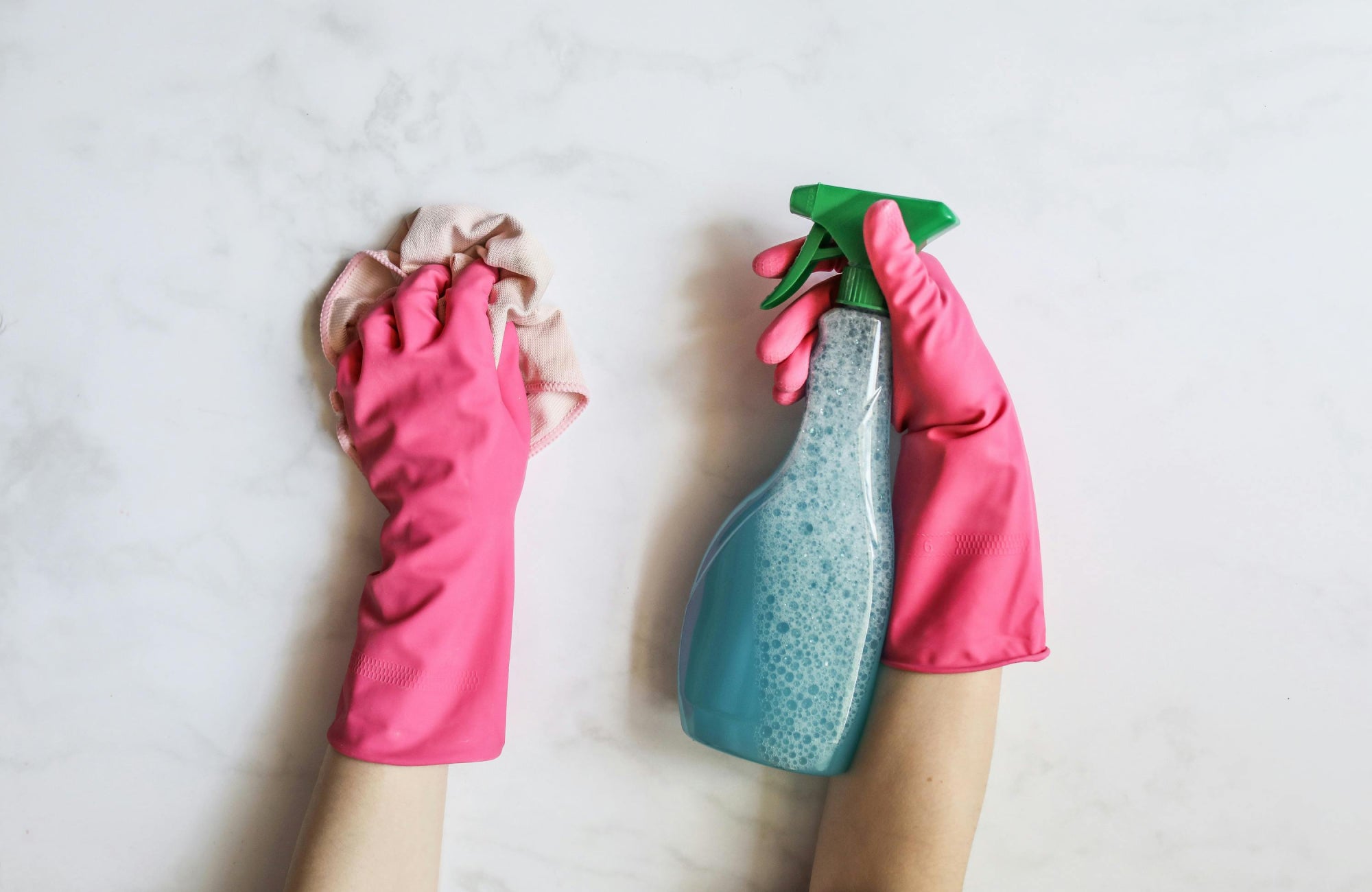Subway tiles, with their clean lines and timeless appeal, have become a staple in modern home design. Whether adorning backsplashes, shower walls, or accent walls, these versatile tiles can elevate any space. However, to truly maximize their potential, proper grouting is essential. Grouting not only enhances the aesthetic appeal of your tile installation but also plays a crucial role in its durability and longevity. This comprehensive guide will walk you through the entire process, from selecting the right grout to sealing the finished project. By following these expert tips, you can achieve a professional-looking finish that will stand the test of time.

Understanding Grout and Its Role
Grout is a mortar-like substance used to fill the gaps between tiles, creating a watertight seal. It not only holds the tiles in place but also enhances the overall aesthetic appeal of the tiled surface. Grout is typically composed of a mixture of cement, sand, and water, along with additives that improve its workability and durability.
Types of Grout for Subway Tiles
There are two primary options for grout:
Cementitious Grout
This is the most common type of grout used for subway tile installations. It's relatively easy to apply and offers a wide range of colors. However, it's more porous than epoxy grout, making it susceptible to staining and water damage.
Epoxy Grout
This type of grout is highly durable, water-resistant, and stain-resistant. It's ideal for busy areas and wet environments, such as kitchens and bathrooms. While it's more expensive than cementitious grout, it requires less maintenance and offers a longer lifespan.
Unsanded vs. Sanded Grout
The choice between unsanded and sanded grout depends on the width of the tile joints. For joints smaller than 1/8 inch, unsanded grout is the preferred choice, as it can be easily applied and smoothed. However, for wider joints, sanded grout is necessary to provide adequate strength and durability. The sand particles in sanded grout fill the gaps, preventing cracking and ensuring a solid bond between the tiles.

Tools and Materials Needed
Successfully grouting subway tiles begins with having the right tools and materials prepared. Here, we outline the essentials required to achieve professional results while ensuring efficiency and safety throughout the process.
Essential Tools
To ensure a smooth and efficient grouting process, gather the following essential tools:
This rubber-edged tool is used to spread grout across tile surfaces and press it firmly into the joints. Look for one with a comfortable grip for precise application.
Sponge
An absorbent grout sponge is important for cleaning excess grout off tiles without disturbing the grout lines. Its texture ensures a smooth finish.
Bucket
A bucket is necessary for mixing the grout and cleaning tools.
Mixing Paddle
A mixing paddle, either manual or electric, is used for blending grout to a smooth, even consistency. When attached to a drill, it ensures the grout is mixed to the perfect consistency, free from clumps and uniform color.
Safety Gloves and Protective Eyewear
These items are essential for protecting your hands and eyes from the grout mixture, which can be abrasive and irritating to the skin and eyes.
Material Preparation
Before you begin, ensure you also have all these necessary materials on hand:
Grout Mix
Select a grout that suits your specific tile application, considering factors like water resistance and durability. Choose between sanded or unsanded grout based on the joint width and tile material to ensure optimal performance and a polished finish.
Sealer
A high-quality grout sealer is essential for protecting grout from water damage, stains, and mold. For porous tile surfaces, a pre-application of sealer may also be necessary to prevent grout staining and maintain a clean, professional appearance.
Cleaning Materials
Keep cleaning materials such as rags and a tile cleaner ready for cleaning up any spills or excess grout.
Having all the necessary tools and materials readily available will streamline the grouting process and minimize interruptions.

Preparing Subway Tiles Before Grouting
Preparation is a critical step that sets the stage for a successful grouting process. A well-prepared workspace and properly treated materials ensure efficiency and professional-quality results. Here are some tips to ensure your subway tiles are ready for grouting.
Cleaning the Tiles and Workspace
Before you begin, it is a crucial step to clean the tiles and the surrounding workspace thoroughly. Any dirt, dust, or adhesive residue can hinder the grout's adhesion to the tiles or in the joints, compromising the overall strength and durability of the installation. You can start by wiping the tiles with a damp cloth or sponge to remove loose debris. For tougher stains or dried adhesive, use a mild tile-safe cleaner and a non-abrasive scrubber to ensure the surface is spotless without risking scratches.
Aside from the tiles, pay special attention to the grout lines, as debris in these gaps can cause uneven grout application. Use a vacuum or a narrow brush to clear any particles from between the tiles. Additionally, make sure the workspace is free of clutter to provide ample room for movement and prevent accidents. A clean environment is essential for maintaining the integrity of your work and achieving a flawless finish.
Applying Tile Sealer (If Necessary)
Sealing subway tiles before grouting is a precautionary measure that can prevent potential staining, particularly with porous materials like marble, travertine, or unglazed ceramics. The sealer acts as a protective barrier, stopping grout pigments from seeping into the tile surface and causing discoloration. For subway tiles that require sealing, apply the sealer evenly using a clean, soft cloth or applicator, ensuring full coverage without pooling. Make sure that you allow it to dry completely before proceeding to grout. Skipping this step can result in permanent stains that detract from the final appearance of your tiled surface. While many glazed subway tiles do not require sealing, always consult the manufacturer’s guidelines to confirm.
Mixing the Grout Properly
Achieving the correct grout consistency is essential for a successful grouting job. Follow these steps to mix the grout properly:
Read the Manufacturer's Instructions
Different grout products may have specific mixing instructions, so always refer to the manufacturer's guidelines.
Measure the Water
Use the recommended amount of water to avoid creating a mixture that is too thin or too thick.
Add the Grout Powder Gradually
Slowly add the grout powder to the water, stirring continuously to prevent clumping.
Mix Thoroughly
Use a mixing paddle to ensure that the grout is well-mixed and free of lumps.
Check the Consistency
The ideal consistency of grout should be smooth and creamy, similar to toothpaste. Avoid adding too much water to the grout mixture, as this can weaken its strength and durability. If the grout is too thick, add a small amount of water at a time and mix thoroughly.

Step-by-Step Guide to Grouting Subway Tiles
Below is a step-by-step guide to grouting subway tiles, designed to help you navigate this meticulous process with precision, patience, and attention to detail. Remember that these are just general guidelines, and it’s always best to consult a professional for specific advice tailored to your project.
1. Apply the Grout
With your grout mixture ready, it’s time to start applying it to the tile joints. Begin by scooping a generous amount of grout onto a grout float, ensuring it’s spread evenly for smooth and efficient coverage. A trowel or similar tool can help transfer the grout from the bucket to the float. Hold the float at a 45-degree angle, pressing the grout firmly into the joints, and move diagonally across the subway tiles. This technique not only fills the gaps completely but also prevents air pockets and avoids dislodging grout from nearby joints.
To make the process manageable, work in small sections of about two to three square feet at a time. This allows you to thoroughly fill the joints while giving yourself enough time to clean any excess grout off the tile surface before it begins to set. By staying systematic and focused, you’ll achieve a clean, professional finish without rushing.
2. Smooth the Grout Lines
After applying the grout, the next step is to smooth the lines for a clean, even finish. Use the flat edge of the grout float or a shaping tool to gently press the grout into the joints, ensuring that they are fully filled and level. Be careful not to overwork the grout, as this can lead to uneven lines and a less professional finish. As you smooth the grout, maintain consistent pressure to create a uniform appearance.
More importantly, pay close attention to areas where the grout might have sunk or left voids, and add a small amount of fresh grout as needed to fill these spaces. Be mindful not to press too hard, as excessive pressure can pull grout out of the joints. The goal is to achieve a consistent depth across all lines. Smooth, even grout lines not only enhance the overall look of the tiled surface but also prevent dirt and moisture from settling into uneven surfaces.
3. Clean Excess Grout
Once the grout has been set slightly for 10-15 minutes after application, it's time to clean the excess from the tile surface while preserving the grout within the joints. Take a damp sponge and gently wipe the tile surface in a circular motion, focusing on small sections at a time to prevent the grout from drying onto the tiles.
Afterwards, rinse the sponge frequently in clean water to avoid spreading grout haze or reapplying grout residue. Use just enough moisture to clean the subway tiles without saturating the grout lines, as excessive water can weaken the grout and compromise its durability. Just be careful not to press too hard, as this can remove grout from the joints. Continue the process until the subway tiles are clean and the grout lines are clearly defined.
4. Let the Grout Cure
Proper curing is essential to ensure the strength, durability, and longevity of your grout. After cleaning the tiles, allow the grout to cure undisturbed for the time specified by the manufacturer, typically between 24 and 72 hours, depending on the product and environmental conditions. During this period, avoid excessive movement, water exposure, and any activity that could disturb the grout.
Remember to maintain a dust-free environment as well to prevent debris from settling on the wet grout, as this can compromise its finish. In high-humidity areas, use a fan or dehumidifier to create optimal curing conditions, and regardless of the setting, avoid touching or walking on the tiled surface to prevent accidental damage. Proper curing allows the grout to harden evenly and adhere securely to the tile edges, ensuring a durable and high-quality result.
5. Seal the Grout
Sealing the grout is a vital step in protecting your subway tile installation from water damage, stains, and mold. It creates a protective barrier that repels water and prevents dirt from penetrating the grout.
To seal the grout, follow these steps:
Step 1: Clean the Tiles
Ensure that the tiles and grout are clean and dry before applying the sealer. Choose a high-quality grout sealer suitable for your tile type and the environment where the tiles are installed.
Step 2: Apply the Sealer
Use a small applicator brush, roller, or a sealer bottle with a precision tip to apply the sealer directly to the grout lines.
Step 3: Allow Drying Time
Let the sealer penetrate the grout for the time recommended by the manufacturer, typically 5-10 minutes. Once the sealer has been absorbed, wipe away any excess from the tile surface using a clean, dry cloth. This prevents streaks or residue from forming on the tiles while ensuring the grout is adequately sealed.
Step 4: Reapply as Needed
Depending on the type of sealer and the level of use, you may need to reapply it every few years. In high-humidity areas or spaces with frequent use, such as kitchens and bathrooms, resealing is particularly important to maintain the grout’s protective barrier and extend the lifespan of your tiled surface.

Maintenance and Care for Grouted Subway Tiles
Proper maintenance and care are essential to preserving the beauty and durability of your grouted subway tiles. Regular cleaning, preventive measures, and timely repairs ensure that your tile installation remains pristine and functional over time.
Regular Cleaning Tips
To keep your grouted subway tiles looking their best, regular cleaning is essential. You can use a mild detergent and a soft, non-abrasive sponge or cloth to gently clean these ceramic or porcelain tiles and their grout. Avoid using harsh chemicals, such as bleach or ammonia, or abrasive scrubbers, as these can damage the grout and the tile surface. For tougher stains, consider using a tile cleaner specifically designed for grout, while for routine cleaning, a soft-bristled brush or toothbrush works well to gently scrub the grout lines without causing abrasions.
After cleaning, rinse the subway tiles and grout thoroughly with clean water to remove any residue, and dry the surface with a microfiber cloth to prevent water spots. Avoid excessive water exposure as well, particularly in areas with poor ventilation, as lingering moisture can weaken the grout and encourage mold growth.
Repairing Damaged Grout
Over time, grout can become cracked or discolored due to wear and tear. If you notice any damage to your grout, it's important to repair it promptly to prevent further damage. To repair cracked grout, you can use a grout repair kit or a similar product. Clean the damaged area, apply the grout, and smooth it with a grout float. Once the grout has dried, seal it to protect it from water and stains. For discolored grout, you may need to use a grout cleaner or a bleach solution to remove the stains. However, be cautious when using bleach, as it can damage the grout and tiles if used improperly.
For minor cracks, you can just apply a grout repair compound to fill the gaps and smooth it out with a damp sponge. If discoloration is a concern, a grout colorant or stain can restore a uniform look. For more significant damage, removing and reapplying the grout may be necessary. Ultimately, regular inspections and quick repairs extend the lifespan of your grout and keep your subway tiles looking their best.

Creative Tips for Custom Grouting Projects
Grouting subway tiles isn’t just about functionality; it’s also an opportunity to add a personal touch and elevate the design of your space.
Experimenting with Grout Colors
One of the most effective ways to elevate your subway tile installation is by experimenting with grout color. For a striking look, consider using a contrasting grout color, such as dark gray or black, to emphasize the geometric lines and make a bold statement. Alternatively, choose a complementary grout color that matches the tile’s hue, as seen with the Everly 3x8 Matte Ceramic Tile in Bone shown in the photo above, ideal for creating a minimalist and cohesive design. For creative projects, explore colored grouts in unconventional shades like teal, gold, or blush to add personality and flair to your space. To visualize how different grout colors and finishes will pair with your chosen subway tiles, Edward Martin’s AR tool offers a convenient way to preview your design ideas before committing.
Using Decorative or Specialty Grouts
Decorative or specialty grouts offer a unique way to elevate tiled surfaces by adding texture, depth, and personality. For example, metallic grout can bring a luminous contrast to matte subway tiles, creating an elegant and modern aesthetic perfect for kitchens or bathrooms. These grouts are particularly effective for accent areas like backsplashes and feature walls, where they can act as a design-enhancing element.
Adding Functional Features
Beyond aesthetics, grout can be enhanced with functional properties. To reinforce grout durability in wet environments like showers or pool areas, you can incorporate water-resistant additives. For spaces subject to frequent use or high moisture levels, antimicrobial grout also prevents mold and mildew, maintaining hygiene and extending the life of your installation. These features ensure that your custom design is both beautiful and practical.
Conclusion
Grouting subway tiles is a rewarding process that can significantly enhance the look and durability of your tile installation. You can achieve a seamless and professional finish by carefully preparing the surface, selecting the right grout, and following proper application techniques. Remember to allow adequate curing time and seal the grout to protect it from water, stains, and mold. If you're unsure about any step of the process or encounter any challenges, don't hesitate to seek the advice of a professional tile installer.







